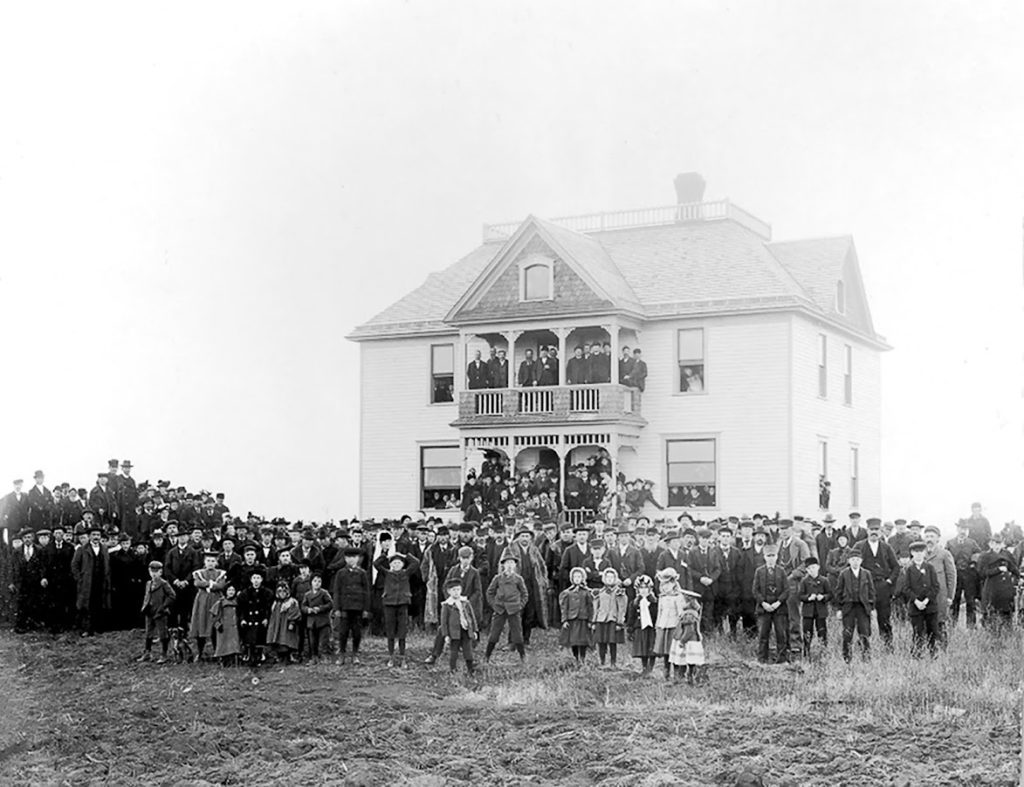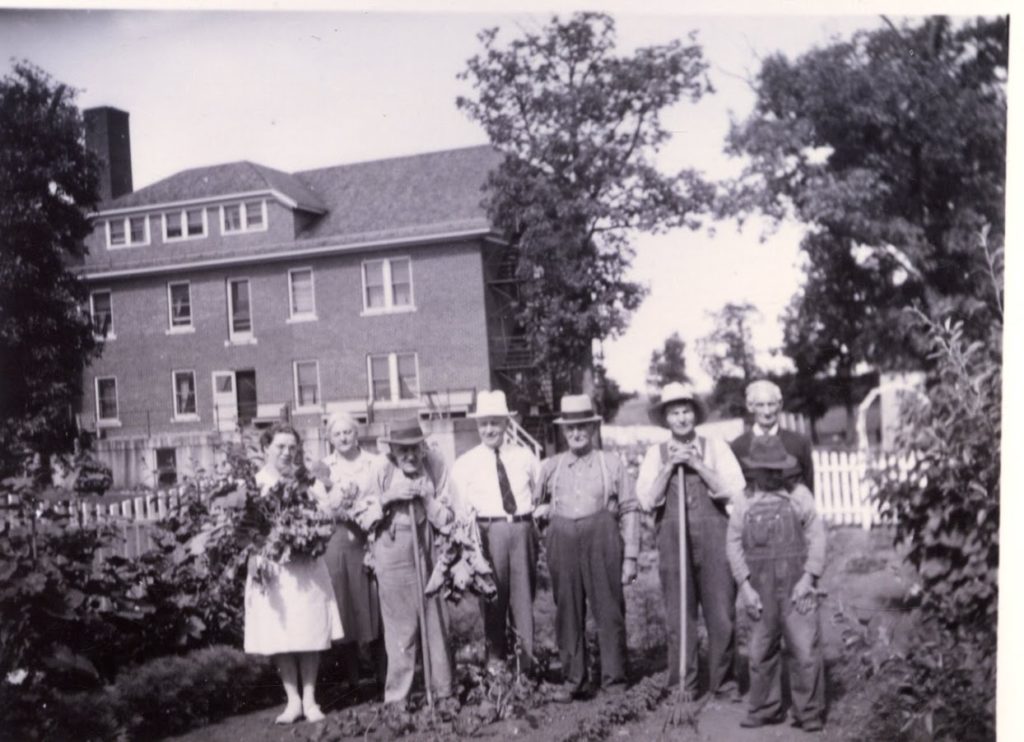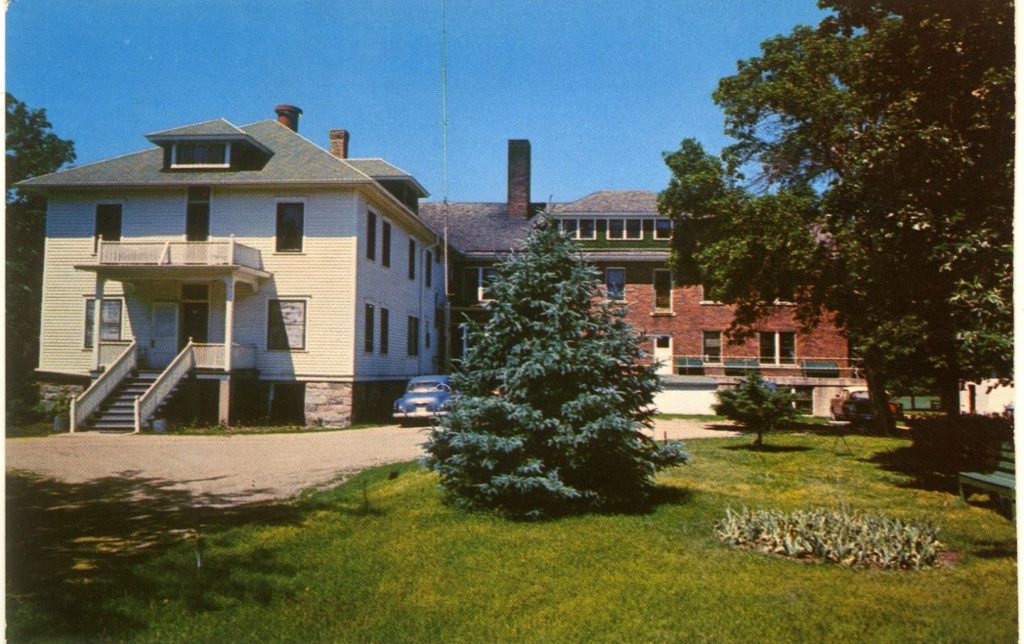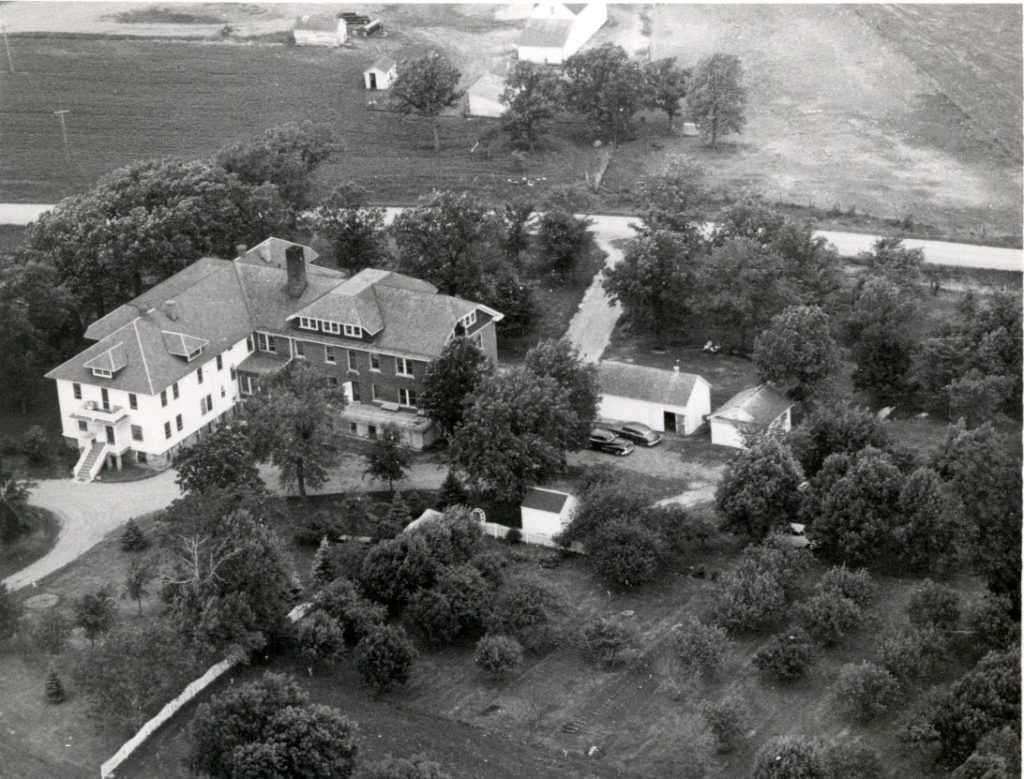Timeline
Nearly 125 years ago Lutheran Pastor N. S. Haggerness of the Norwegian-Danish Lutheran Conference, would open his home in Mankato to three children that came from a broken home. On September 29th, 1897 a meeting was held in Redwood County in Lamberton, Minnesota and during this meeting the “Lutheran Orphan Asylum of Lamberton” would be founded. This historic decision would mark a significant step in the formation of what would eventually become known Bethesda Homes.
Bethesda’s journey began with Pastor N. S. Haggerness of Mankato opening his home to three children from a broken home. After bringing those children into his home, he felt called to help more children. In 1898 the Lamberton orphanage opened with a capacity of up to 24 children.
In 1905, 163 acres of land were purchased five miles north of Willmar. A new Home was erected that would accommodate 50 children. The name was changed to Bethesda Home and it was dedicated at the Eagle Lake Church on Sunday, November 12, 1905.
The September 30, 1908 Willmar Tribune paper displayed a list of prize winners from the Willmar Street Fair. Bethesda Homes came in 2nd place in the Class E. Grains and Seeds for their Barley and 1st place for their white turnips.
In 1905, eight years after the orphanage was formed, Bethesda welcomed two senior men as residents. During the annual meeting in 1906 it was decided to build a home to serve the senior community, however due to considerable debt on the Children’s Home building ($12,879.63) the building was delayed. At the 1909 annual meeting the matter was revisited and approved with the stipulation that the cost not exceed $6,000. The new building was ready for occupancy in 1910. After a few more years more room was needed to accommodate the many applicants. The Board of Directors decided on March 25th of 1915 to build an addition. The new addition was completed in 1916 at a total cost of $8,230.
Bethesda Homes Day: For several years Bethesda Homes Day was held a Sunday during the summer. Friends of the Homes gathered for services in the Eagle Lake Church in the morning. In the afternoon an outdoor meeting was held next to the nursing home. The program was comprised of musical numbers and an address by a guest speaker. An offering was lifted for the Homes. This day attracted sizeable crowds and helped to stimulate interest in the work which was carried on at the Homes. During the second World War it was discontinued because of the drastic restriction on traveling, especially by auto.
During the difficult years of the Great Depression and that drought that accompanied it, Bethesda had a heavy debt of $23,000. By 1949 the debt had been paid off, and a surplus of approximately $90,000 had been accumulated. Many improvements had been made on the institution’s buildings and on the farm. The favorable turn in finances had partly come about by the sale of farms and other property held by the Homes.
Occasionally, whether it would be advantageous to move Bethesda Homes to Willmar had been asked. A committee was elected to consider the matter, and upon recommendation, the committee decided to buy a site in Willmar. The Bethesda Homes committee presented the idea to the Annual Conference of the Lutheran Free Church held in Morris, MN, on June 8-12 of 1949 and received unanimous approval.
The work at the Homes progressed and the financial conditions improved. Then came the depression with accompanied drought. The income decreased, crops failed and feed had to be bought for the stock on the farm. Considerable debt was incurred. At one time the debt amounted to $24,000 (which is approximately $513,000 in today’s money). The Homes owned several farms and other property, but there was no ready sale for property during the depression years.
In the course of time stricter laws for operating children’s homes were enacted by the State of Minnesota. Furthermore, State welfare authorities were not in favor of institutional homes for children. The State also assumed responsibility for unfortunate children and favored placing such in private homes. Thus very few children were sent to Bethesda Homes. In order to try and remedy this situation, the possibility of operating the Children’s Home as a home placing agency was considered. This, however, was not feasible. Then the corporation was faced with the tragic possibility of having to discontinue the work of mercy which had been blessed by God so richly during these many years.
After careful study, the committee found it necessary to recommend that the Children’s Home be discontinued. It was a sad day in the history of Bethesda Homes when on June 27, 1939, the Corporation decided to discontinue the Children’s Home. For more than forty years this Home had given material and spiritual care to a number of children.
Bethesda’s Country Home continued to serve the senior community exclusively beginning in 1939 until 1953 when Bethesda Heritage was constructed giving the community two senior living options. The Country Home closed in 1979 when Bethesda Pleasant View was opened.










